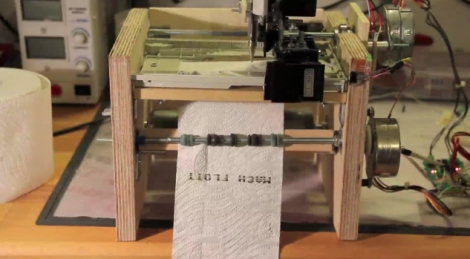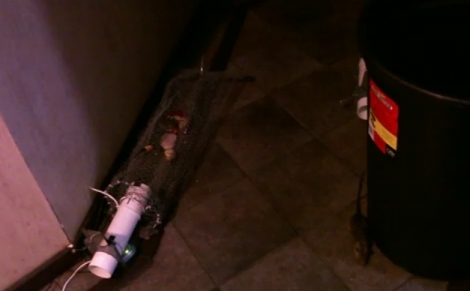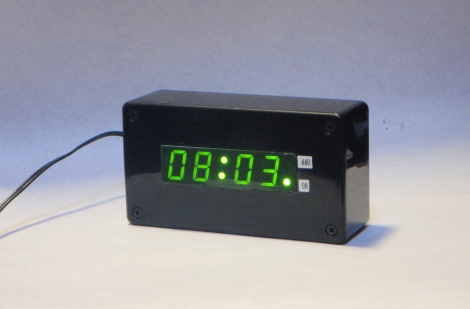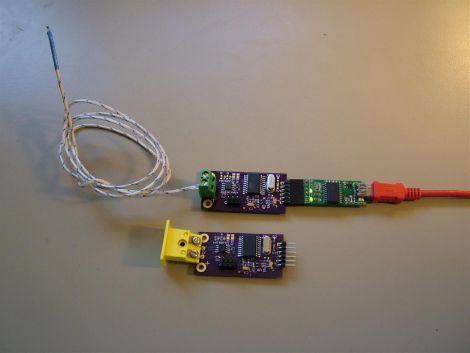
Some of our favorite hacks are those made with scrap materials, so we were delighted to see a contest being held by the German technology magazine c’t which focuses on using salvaged components. “Mach flott den Schrott” is the name of the competition, which loosely translates to “Make fast the scrap”.
German builder [Mario Lukas’] entry into the contest (Google Translation) is definitely unique, and certainly fits within the theme. He built a toilet paper printer that uses a bunch of recycled components to write anything he desires on a roll of the soft white stuff. His blog walks through the build details, including a bill of materials for all of the scrap bits he used to put it together. Several CD-ROM drives, printers, and even inline skates donated some components to the printer, while an Arduino controls the entire printing process.
Though [Mario] is using RSS and Twitter feeds as a data source for his toilet-side scribe, we imagine it will only be a matter of time before advertising companies seize upon this sort of technology to create personalized advertisements geared towards a decidedly captive audience.
Continue reading to see a quick video of his toilet paper printer in action.
[via Make]
Continue reading “Toilet Paper Printer Made From Scrap Parts”

















